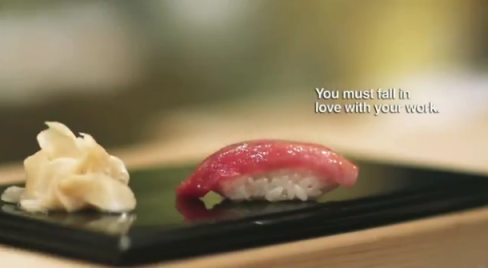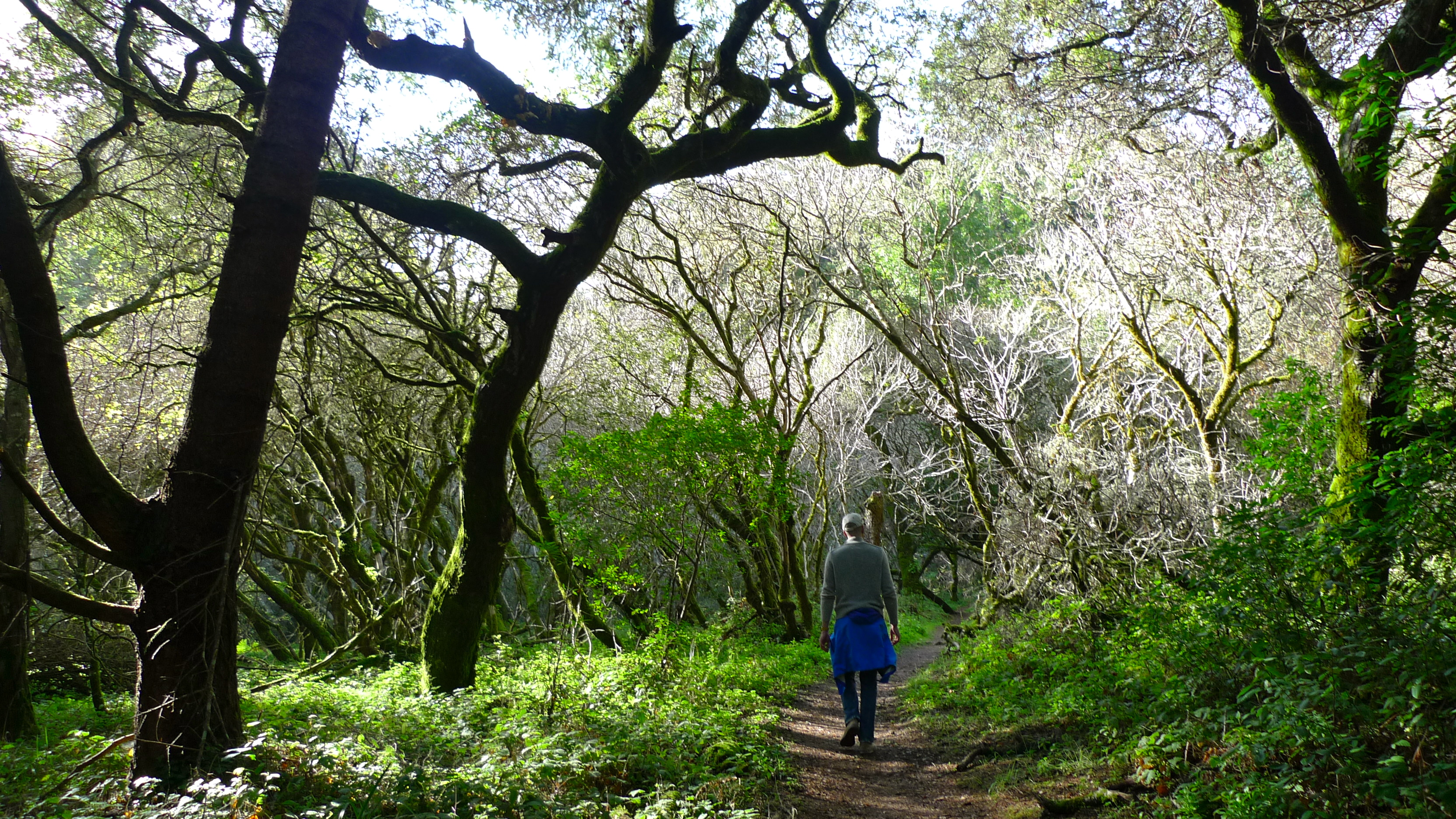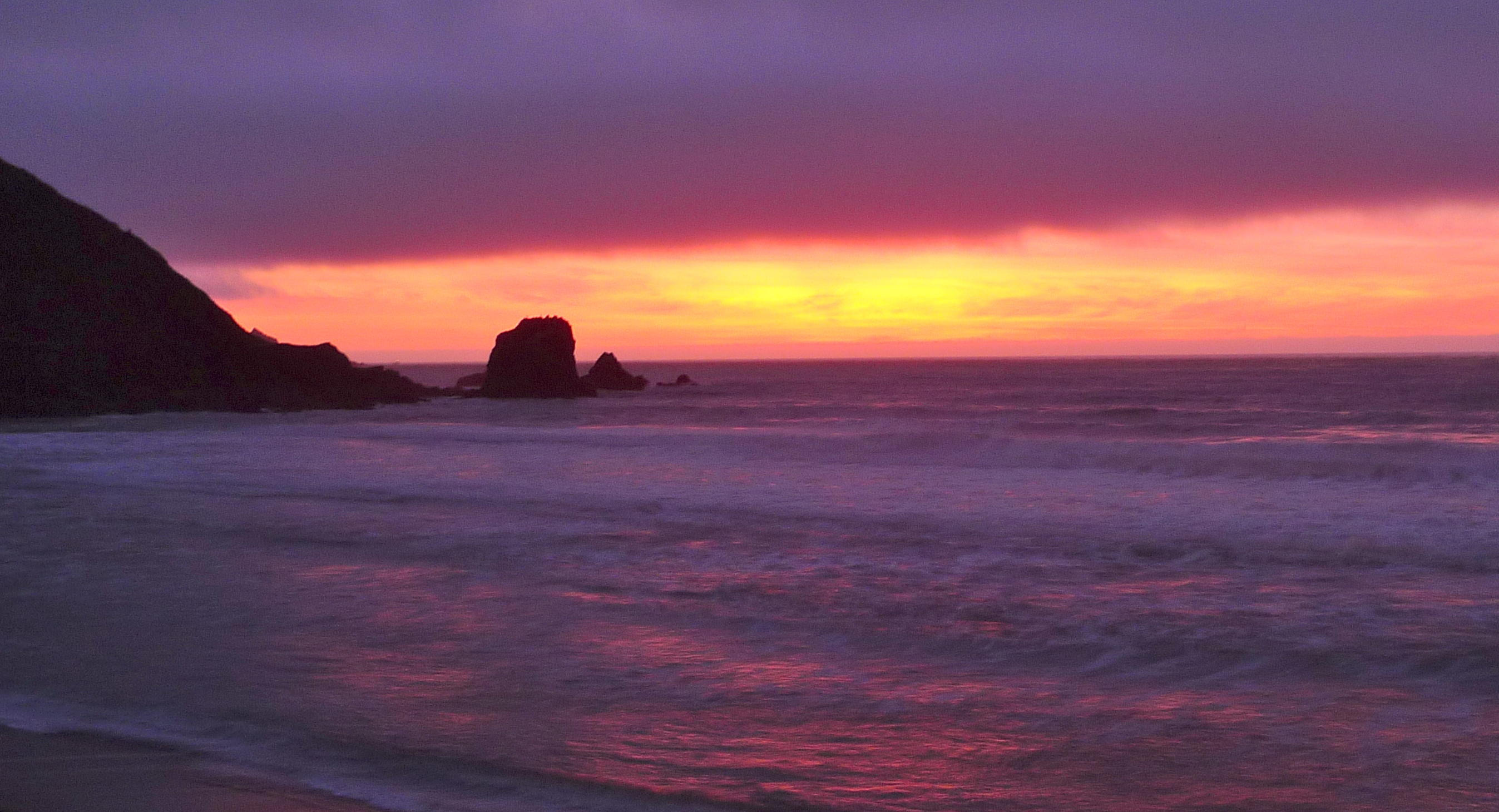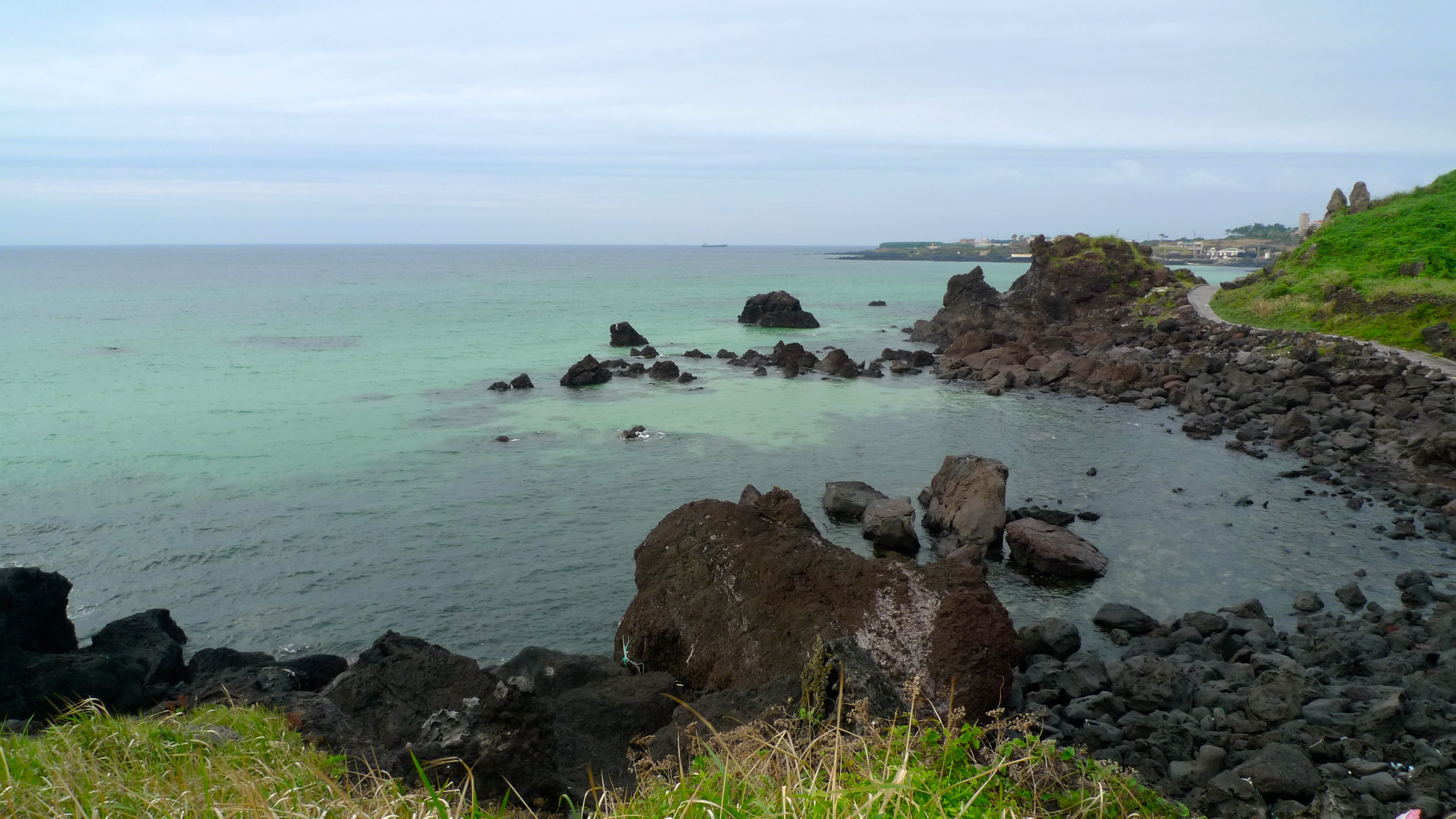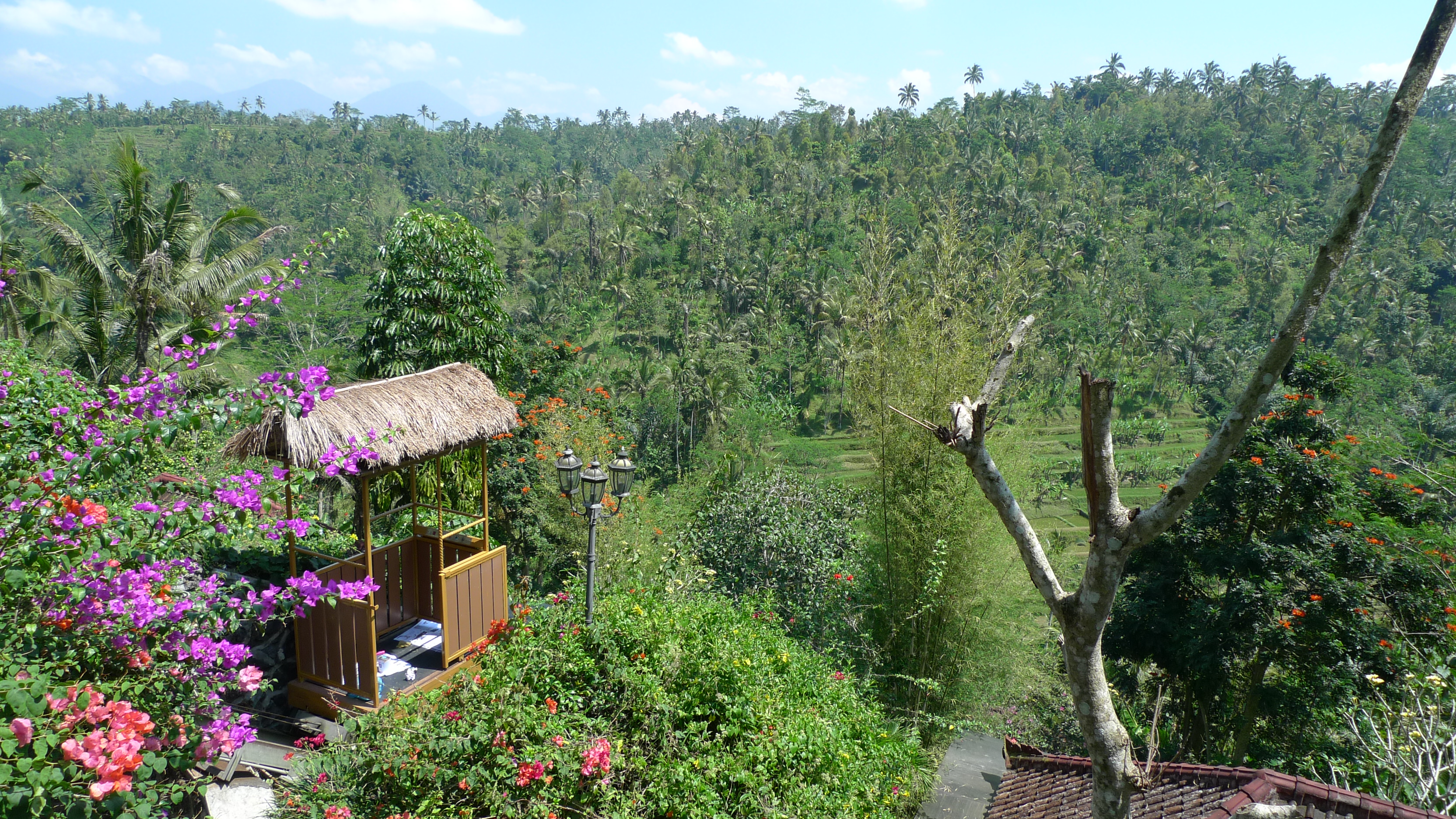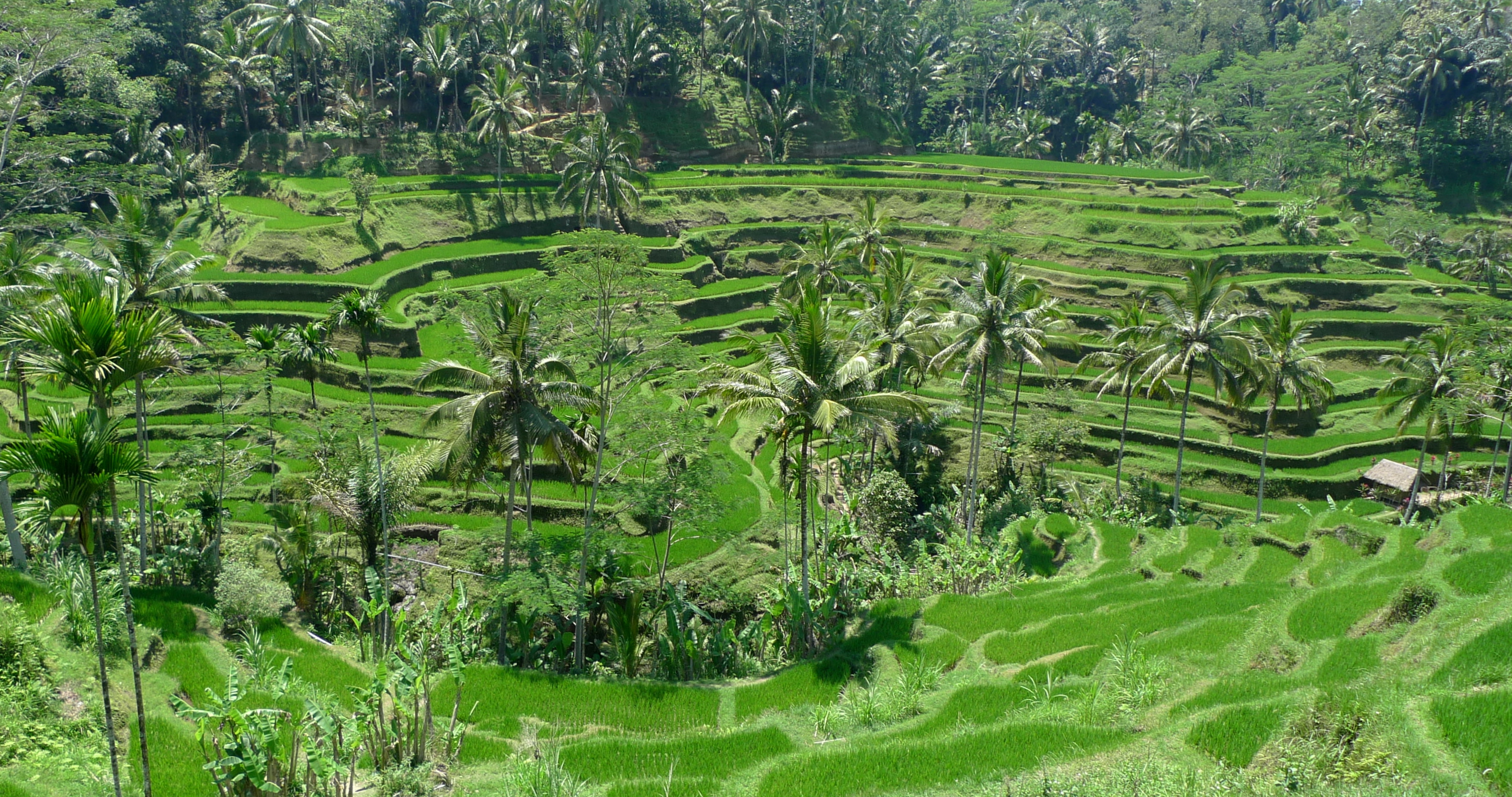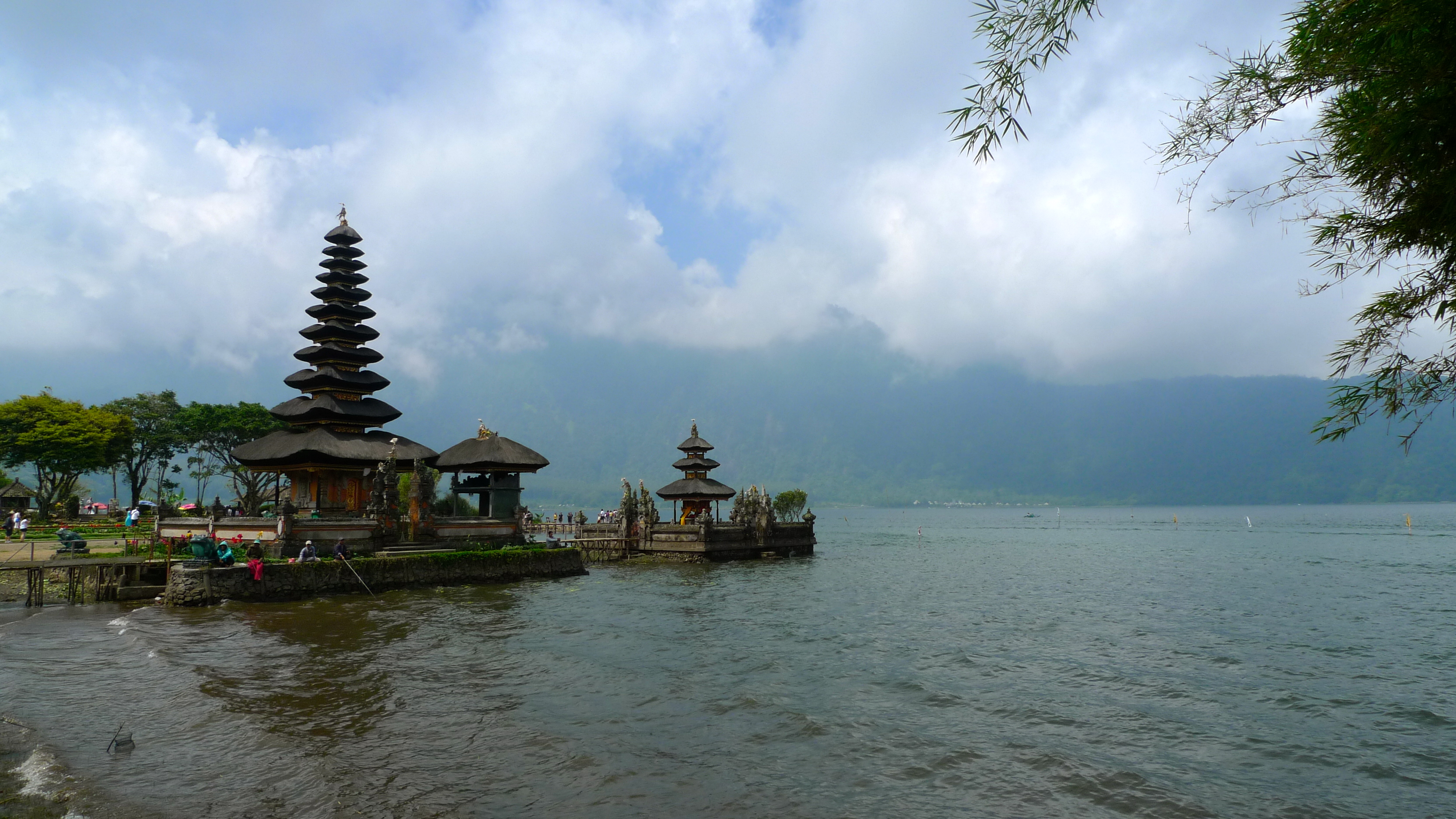2012 has been a … difficult year, starting from the very beginning, in Beijing. Now that a year has passed and a future trip to Beijing may be on the horizon I think back on the difficult trip last year. There were a few fun moments that I will record now before they completely slip my memory…
The taxi drivers of Beijing are an interesting bunch. They are mostly talkative and full of attitudes. Somehow this year taxis have become a scare resource – every day we went to the hospital we had to deal with the anxiety of finding a cab. But when we found one, the driver usually had some words of wisdom to entertain us. Here are a few I can still remember.
Driver #1. It’s Chinese new year, the season of gifting/bribing. Our driver educated us on the proper gifting etiquette. These days, apparently everyone gift with gift cards, only “country bumpkins and foreign devils” (洋鬼子和土老帽) would show up on people’s doorsteps bearing gift boxes/bags.
Driver #2. Having opened the front door for my mom I went ahead into the back. As we settled down in the cab both mom and I realized the driver was glaring at me. “Why didn’t you help the old lady get in the car?” he scolded me. I had fallen short of the driver’s standards for the proper respectful treatment of senior citizens. My mom was as shocked as I (she actually thought I was extra nice for opening the door for her :P)
Driver #3. He informed us that he would only pick up a selected group of customers. Top on his no-ride list are youths who were born after 1990. “They have no manners!” and he thought it ridiculous that they would hitch a ride for just a block or two.
There were also a lot of open chiding of the party and the government. I don’t remember exactly what they said anymore, just the general disapproval.
Chinese New Year has always been a big deal. Fireworks, very loud firecrackers figure prominently in my childhood memories of the “spring festival”. But fireworks have really become huge these days. From new years eve it started and went on for days, not just loud crackers and amateurish fireworks, but pretty fancy ones, and lots of it, almost non-stop. From my bedroom window I had a perfect view of the complex parking lot which was turned into a fireworks central (there were lots of such centrals, at least one each block/apartment complex), where all sorts of flashy stuff went on around the clock. Just when I thought it was quieting down a bit, on day 5 (?) the show got going again with renewed energy – there’s some thing about the 5th day of the new year that apparently calls for extra fireworks, I didn’t understand or forgot why. something to do with certain demons schedules.
On new year’s day we took an impromptu outing to Badachu (八大处). It was freezing cold and the air was exceptionally clear – the sky a rare blue. We took a break from the hospital and drove up to the mountains thinking of a relaxing walk up a desserted path – the highway was practically empty. As soon as we got off the highway onto the road to the park, we encountered the worst traffic jam in Beijing. It was bumper to bumper. On top of that, even the sidewalks were crowded with people: young couples, whole families with little kids and seniors, many holding incense and other religious paraphernalia. Looks like the whole Beijing was there. We scored a parking spot a mile before the park and joined the crowd, marveling at the sheer chance of us stumbling on the most popular place on new year’s day. I realized that the park’s attraction was not in its hilly scenery, but its temples. Apparently temple going has become a major new year’s day activity. We followed the mass into the park and up the path into the main temple, where the faithful (that’s nearly everyone except for the odd clueless tourists like us) burnt incense and made wishes. I probably should have done the same – look what kind of a year I got.
Then there were the far-from-fun experiences at the hospital. Maybe I should write about it. But in reality I just don’t want to think about that right now. I will just let those memories go unrecorded, and hope I don’t have to relive any versions of those again. Now that’s a scary thought, especially now with another Chinese New Year approaching, and dad in the same hospital again 🙁 Let’s hope the year of the snake is gentler than the dragon.
 Having seen a few Wes Anderson movies, from the mildly amusing “Darjeeling Limited”, to the somewhat intriguing “Royal Tenenbaums”, to the downright unwatchable “Aquatic Adventures of Steve Zissou”, I did not have very high expectations of “Moonrise Kingdom”. I did expect another highly stylized drama with saturated colors, oddish characters, and improbable plots. What I did not expect was how much I would like it. What seemed overly done or forced in those other movies somehow worked in this one. It was a bit like a fairy tale. A self-contained world of childhood on the cusp of adolescence, with hapless but well-meaning adults on the fringe, set on idyllic islands at a long summer’s end. A world that draws me in. I was spellbound.
Having seen a few Wes Anderson movies, from the mildly amusing “Darjeeling Limited”, to the somewhat intriguing “Royal Tenenbaums”, to the downright unwatchable “Aquatic Adventures of Steve Zissou”, I did not have very high expectations of “Moonrise Kingdom”. I did expect another highly stylized drama with saturated colors, oddish characters, and improbable plots. What I did not expect was how much I would like it. What seemed overly done or forced in those other movies somehow worked in this one. It was a bit like a fairy tale. A self-contained world of childhood on the cusp of adolescence, with hapless but well-meaning adults on the fringe, set on idyllic islands at a long summer’s end. A world that draws me in. I was spellbound. My mom introduced me to this obscure artist with a strange life story – she’s half Swedish, half Japanese, and came back from being deaf. An eighty-year-old in eccentric outfits, she plays her classic piano pieces in her own way, with her very own special sound. Somehow she makes Chopin sound not quite Chopin, Liszt not quite Liszt, but the sound has a quality to entrance, to draw you in to this world that is Fuzjko Hemming. When the concert started at Palace of Fine Arts it became immediately apparent that this is not a good site for a concert. The sound was not projecting well from the stage, but I could hear all the other noise in the rest of the theatre, and the well ageed seats were creaking all over the place. For a couple of songs, I was rather distracted – the stifled yawns from a couple of rows behind me, a child’s whisper to the right, but most of all, the moaning seats from all directions. Then somehow I stopped being bothered by it, as I entered the zone of her music, the sound that seemed at times effervescent, that somehow tapped into my memories and evoked something… I know not what. And I was spell-bound.
My mom introduced me to this obscure artist with a strange life story – she’s half Swedish, half Japanese, and came back from being deaf. An eighty-year-old in eccentric outfits, she plays her classic piano pieces in her own way, with her very own special sound. Somehow she makes Chopin sound not quite Chopin, Liszt not quite Liszt, but the sound has a quality to entrance, to draw you in to this world that is Fuzjko Hemming. When the concert started at Palace of Fine Arts it became immediately apparent that this is not a good site for a concert. The sound was not projecting well from the stage, but I could hear all the other noise in the rest of the theatre, and the well ageed seats were creaking all over the place. For a couple of songs, I was rather distracted – the stifled yawns from a couple of rows behind me, a child’s whisper to the right, but most of all, the moaning seats from all directions. Then somehow I stopped being bothered by it, as I entered the zone of her music, the sound that seemed at times effervescent, that somehow tapped into my memories and evoked something… I know not what. And I was spell-bound.